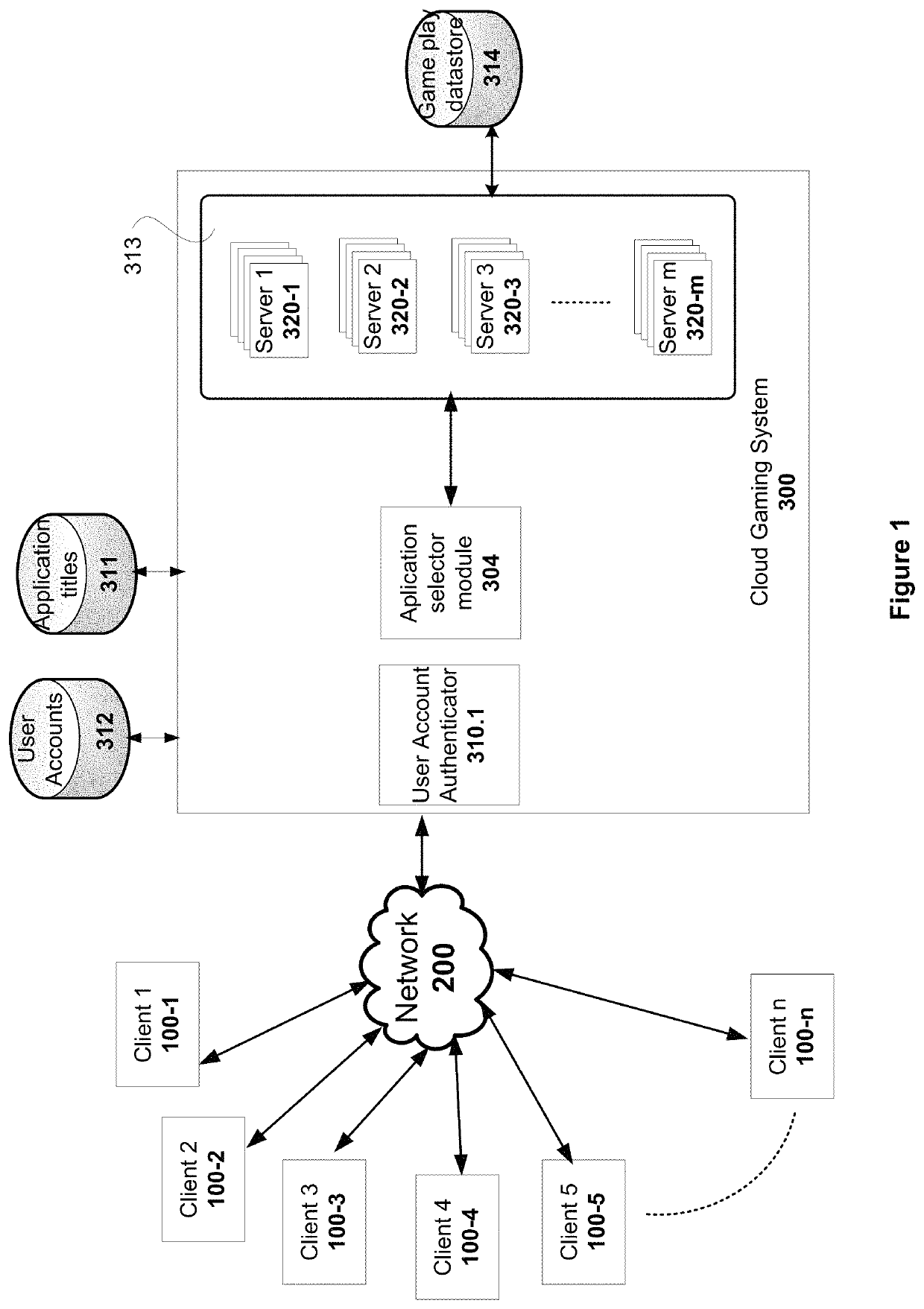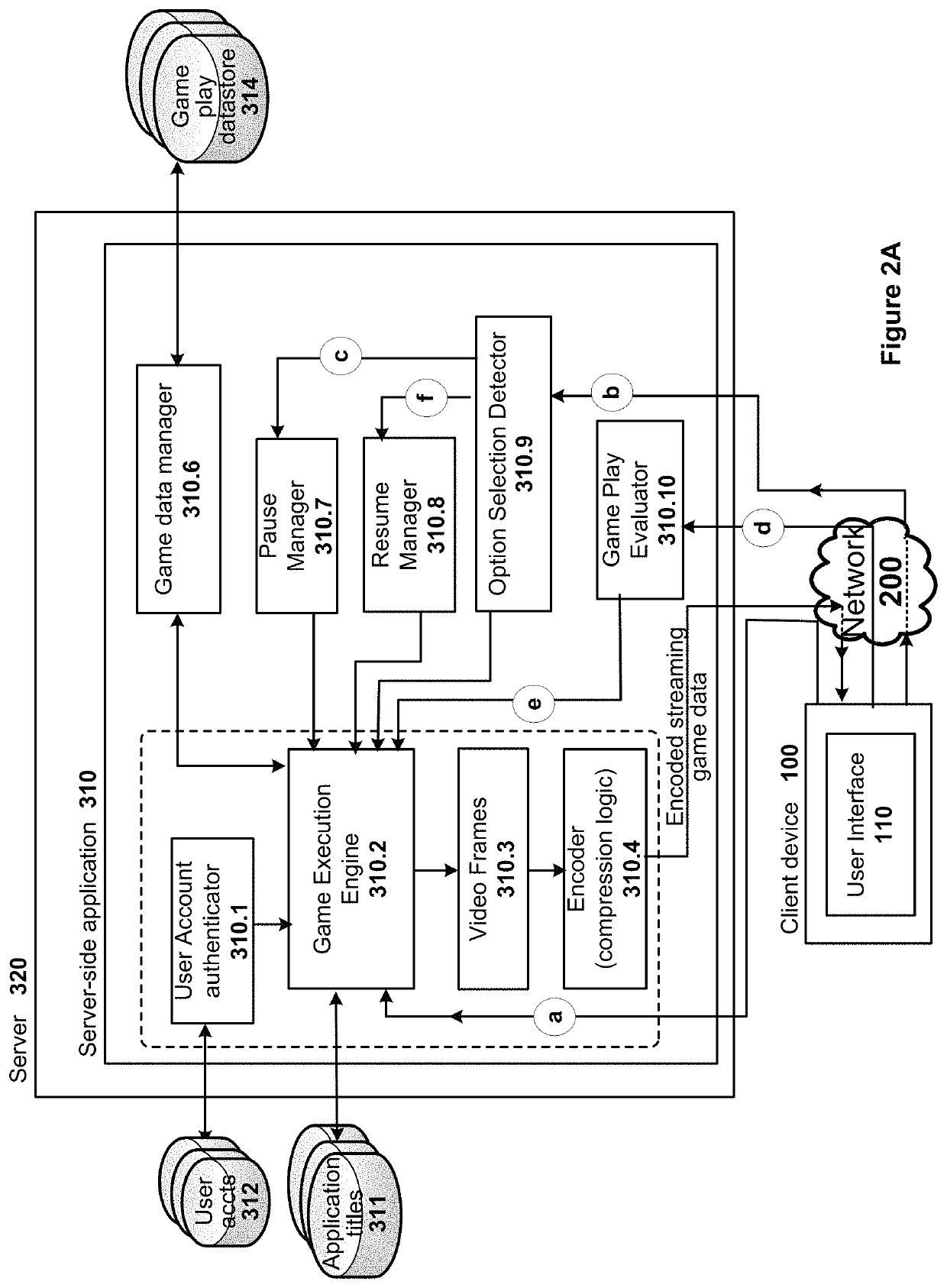Personalized user interface based on in-application behavior
a user interface and in-application behavior technology, applied in the field of personalized user interfaces based on in-application behavior, can solve the problems of not being able to obtain all the details of game play for users, not being able to customize the user interface, and not being able to easily reconstruct all the details of game play, so as to improve user game play and/or navigation. , the effect of improving the user's game play
- Summary
- Abstract
- Description
- Claims
- Application Information
AI Technical Summary
Benefits of technology
Problems solved by technology
Method used
Image
Examples
Embodiment Construction
[0043]In the following description, numerous specific details are set forth in order to provide a thorough understanding of the present invention. It will be apparent, however, to one skilled in the art that the present invention may be practiced without some or all of these specific details. In other instances, well known process steps have not been described in detail in order not to obscure the present invention.
[0044]According to various embodiments of the present invention, a user interface provided on a client device is used to access games available on a cloud game server, for a user account. The cloud gaming server is part of a cloud gaming system, which is configured to host a plurality of applications, including online game applications, using resources available to the cloud gaming system. When a game is selected for game play by a current user, application logic of the selected game executing on a cloud gaming server determines a game state of the game and provides hints...
PUM
 Login to View More
Login to View More Abstract
Description
Claims
Application Information
 Login to View More
Login to View More - R&D
- Intellectual Property
- Life Sciences
- Materials
- Tech Scout
- Unparalleled Data Quality
- Higher Quality Content
- 60% Fewer Hallucinations
Browse by: Latest US Patents, China's latest patents, Technical Efficacy Thesaurus, Application Domain, Technology Topic, Popular Technical Reports.
© 2025 PatSnap. All rights reserved.Legal|Privacy policy|Modern Slavery Act Transparency Statement|Sitemap|About US| Contact US: help@patsnap.com



